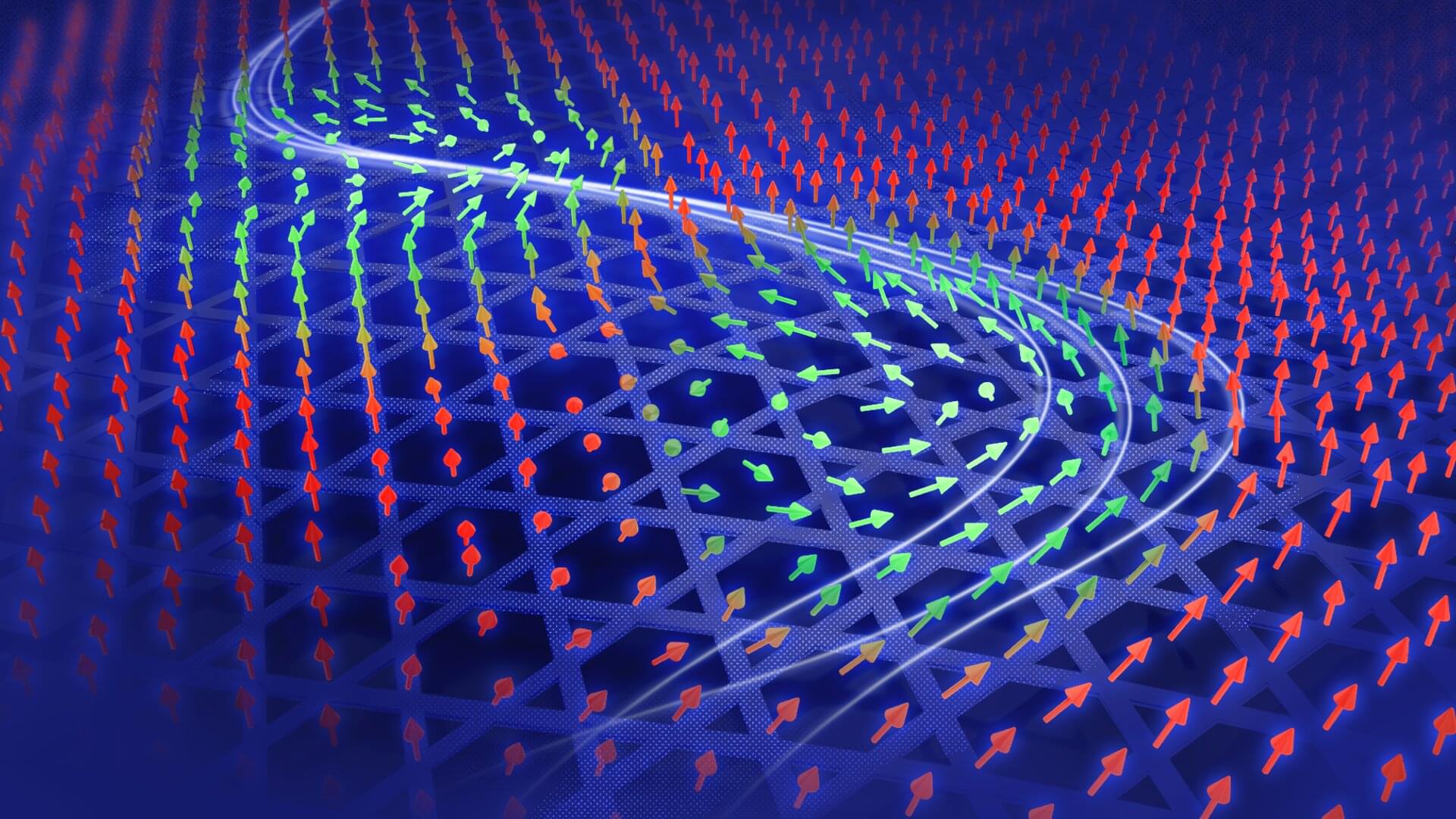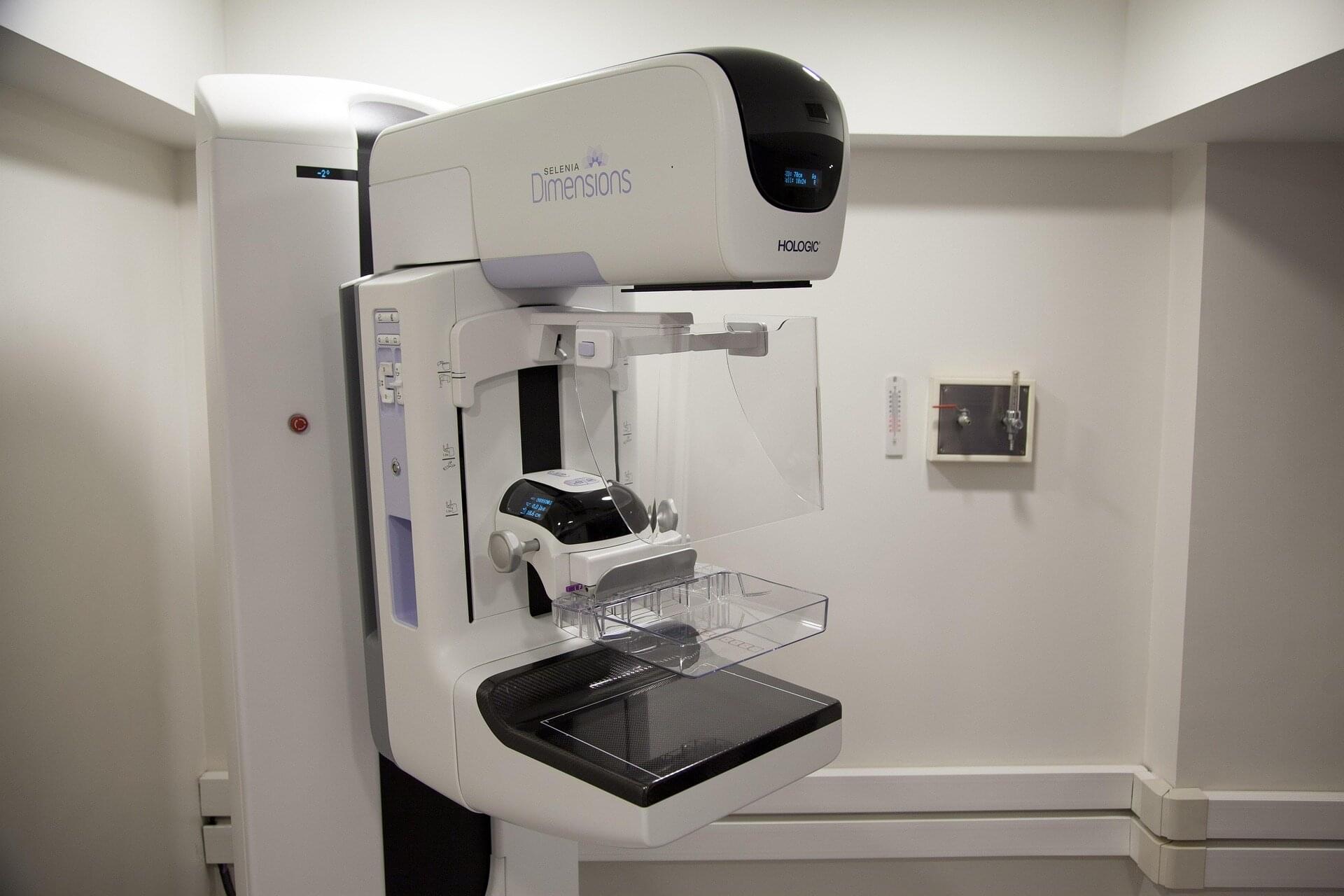A new study reveals a fresh way to control and track the motion of skyrmions—tiny, tornado-like magnetic swirls that could power future electronics. Using electric currents in a special magnetic material called Fe₃Sn₂, the team got these skyrmions to “vibrate” in specific ways, unlocking clues about how invisible spin currents flow through complex materials.
The discovery not only confirms what theory had predicted but also points to a powerful new method for detecting spin currents—a discovery that could one day lead to more efficient memory and sensing devices in future electronics. The findings are published in the journal Nature Communications.
Led by Assistant Prof. Amir Capua and Ph.D. Candidate Nirel Bernstein from the Institute of Applied Physics and Nano Center at Hebrew University in collaboration with Prof. Wenhong Wang and Dr. Hang Li from Tiangong University, the team explored how skyrmions behave in a special magnetic material called Fe₃Sn₂ (iron tin).









